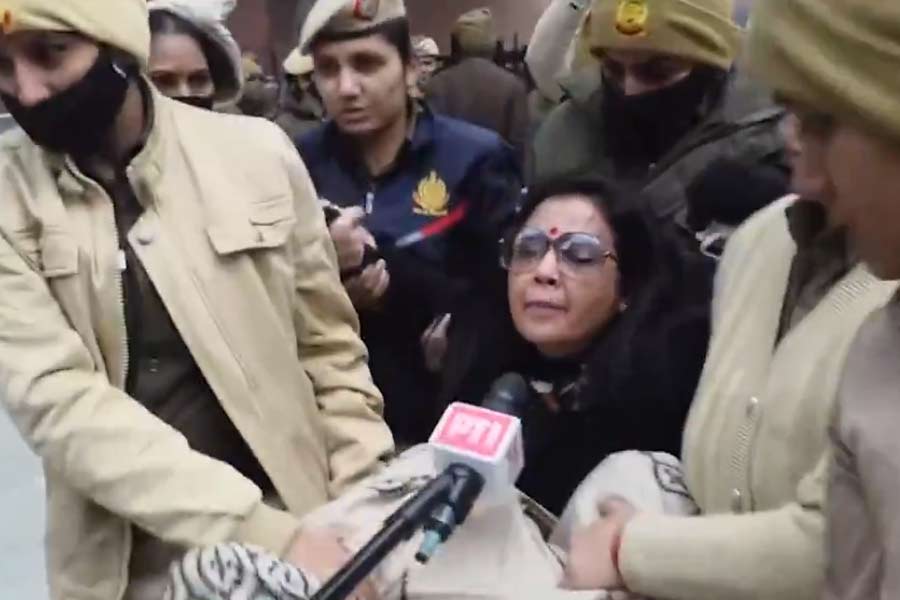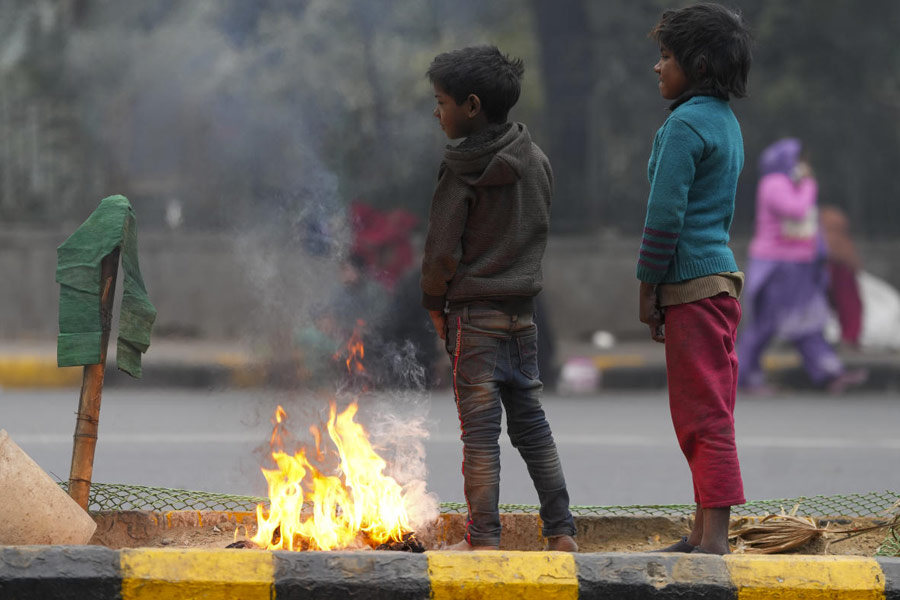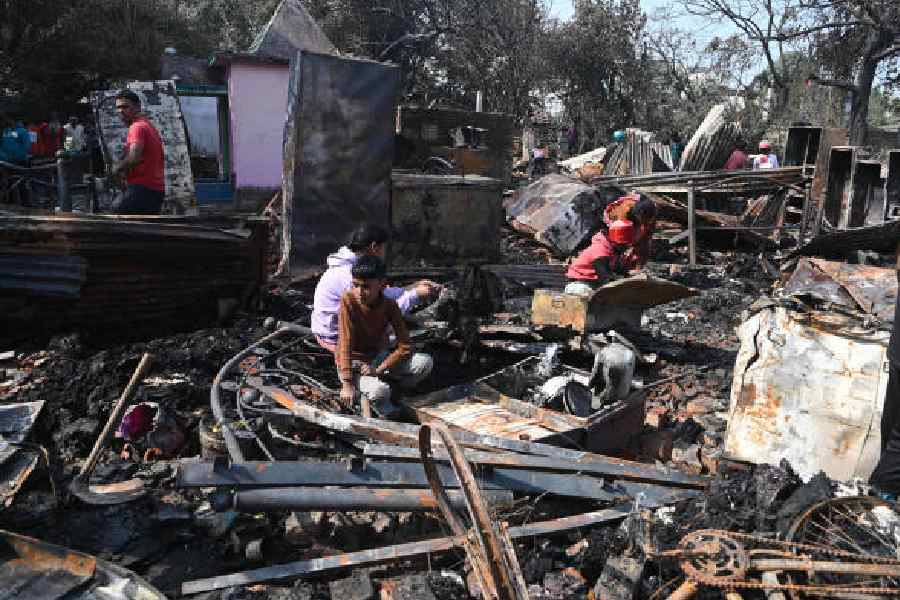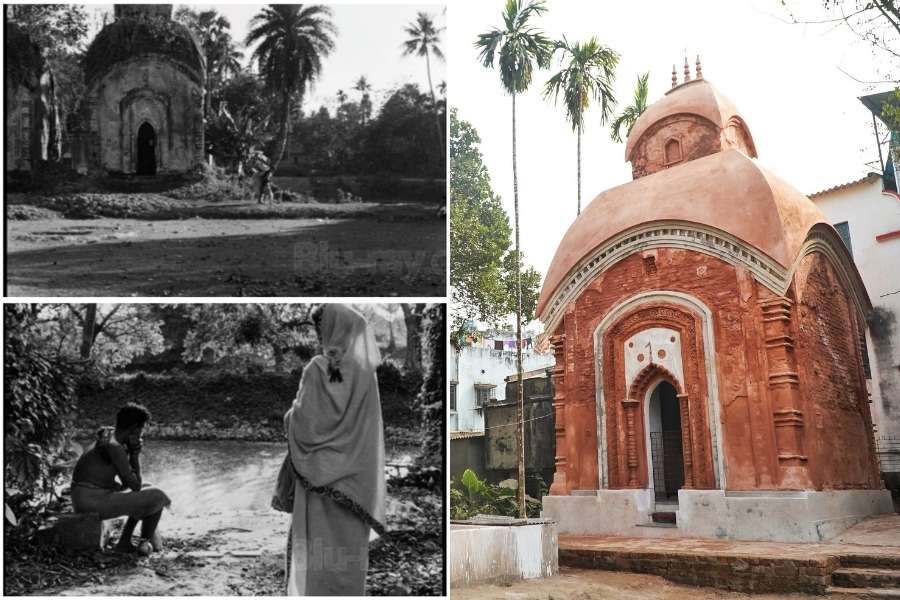 |
| An army jawan rescues a boy at Pindari glacier. (PTI) |
New Delhi, June 27: A disaster like a tsunami or a flood is a cue for traffickers to slip into relief camps posing as aid workers to prey on children left orphaned or homeless, child rights activists say.
The National Commission for Protection of Child Rights today wrote to Uttarakhand chief minister Vijay Bahuguna to ensure that calamity-hit children in the state don’t fall prey to traffickers.
“Natural disasters have always been a favourite hunting ground for child traffickers as there would be hundreds of sick, hurt children, orphans and children who have been separated from their parents,” said commission chairperson Kushal Singh, a former Rajasthan chief secretary.
“They wouldn’t know where to go and many who are without supervision might fall into traffickers’ hands. I sent this letter on the basis of past experiences during natural calamities.”
A spurt in child trafficking had been reported in countries such as India, Thailand and Indonesia days after the December 2004 tsunami, the United Nations Children’s Fund had confirmed.
US customs had arrested 20 paedophiles as they boarded flights to travel to the affected countries soon after the tsunami. They could be arrested thanks to a child sex offender registry the US maintains.
After the 2007 Bihar floods, around 3,000 children were trafficked from the state, according to the international organisation, Save the Children Foundation.
“Immediate action needs to be taken for identification, registration and documentation of children in need of care and protection,” Singh wrote to Bahuguna.
“Special efforts will have to be made for the identification of separated and unaccompanied children,” she added, recommending that the state child welfare committees be assigned to provide support to relief workers.
Kailash Satyarthi of the Bachpan Bachao Andolan said trafficking increased after disasters because they left the poor even more vulnerable.
“They (traffickers) enter relief camps in the guise of aid workers and pick up children,” Satyarthi said.
“During the tsunami, we didn’t comprehend the magnitude of the problem but during the Bihar floods, we put up posters and used loudspeakers to make people aware of the traffickers. Still, a huge number of children were trafficked.”
Activists say that local administrations in disaster zones should be ready with a special emergency mechanism to prevent trafficking.
“We started working on the safety of children once they arrived at the camps within two days of the (Uttarakhand) tragedy. We are trying to ensure that no unauthorised person enters the camps,” said Ajay Setia, the Uttarakhand state child rights commission chairperson.
“We have alerted officials at railway and bus stations in Dehradun, Kathgodam and Hardwar to look out for suspicious characters travelling with children.”











